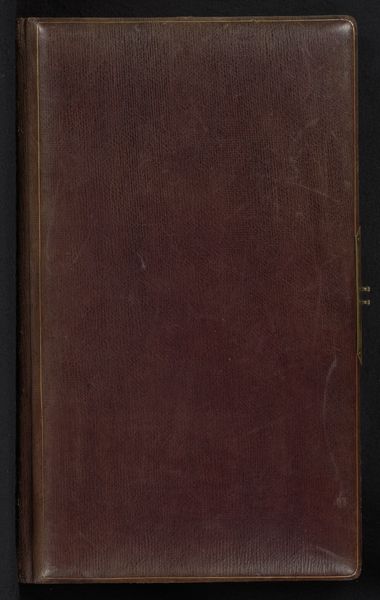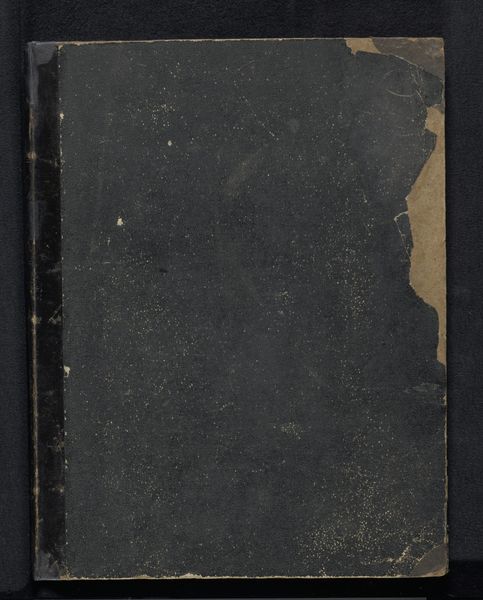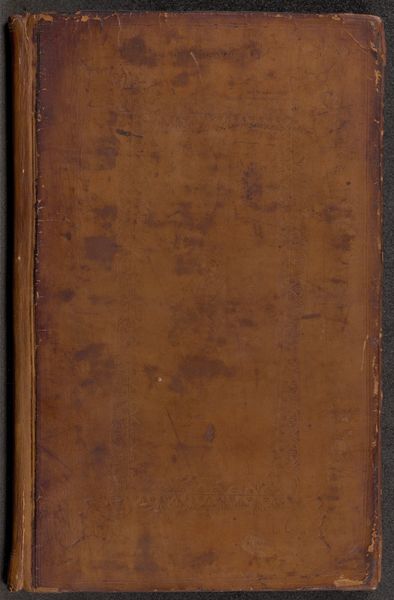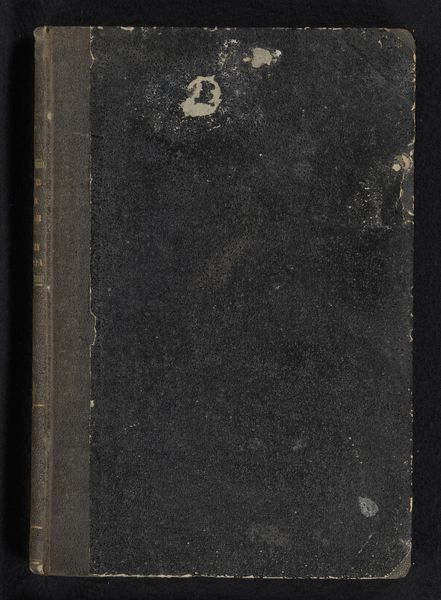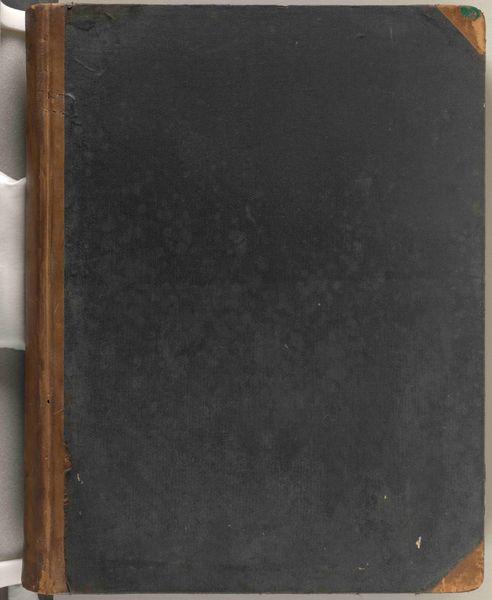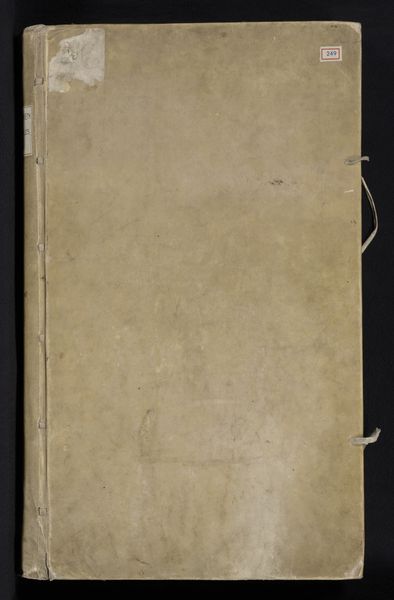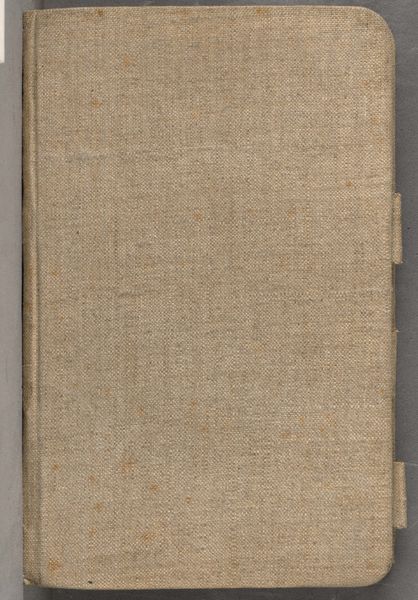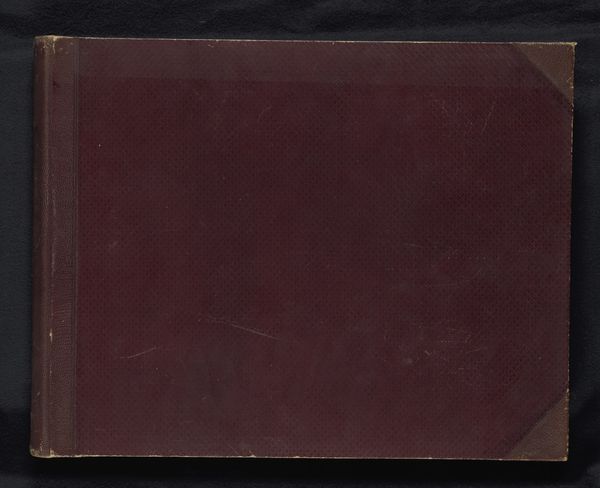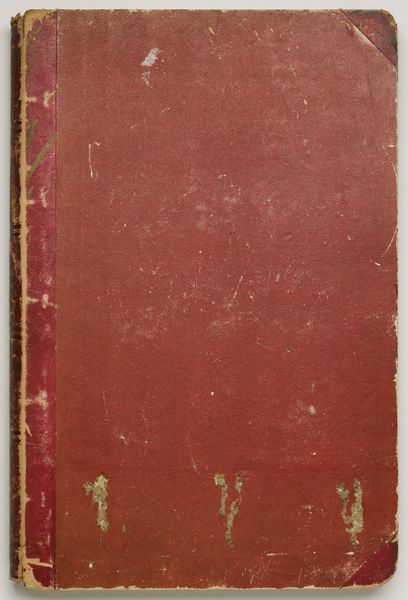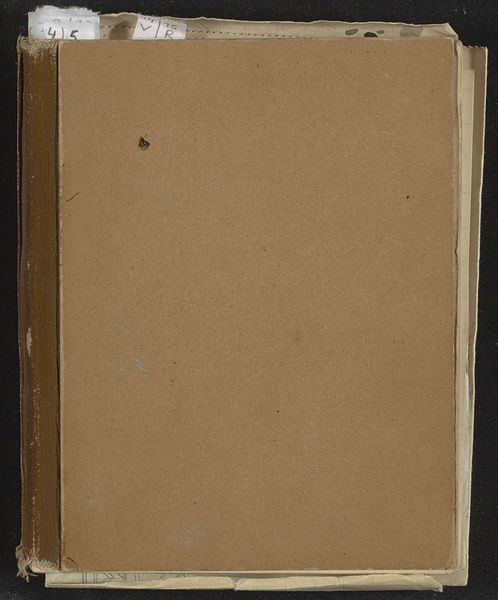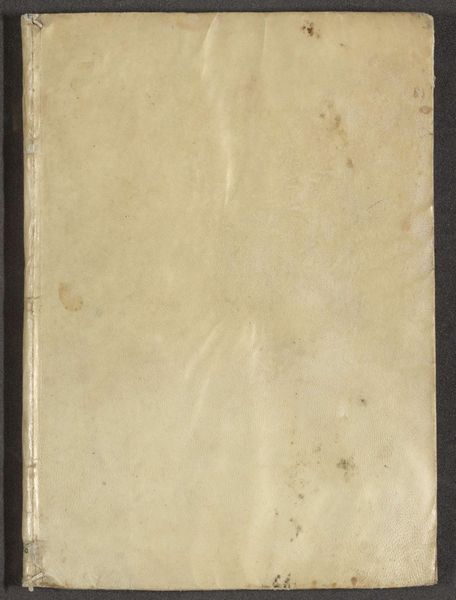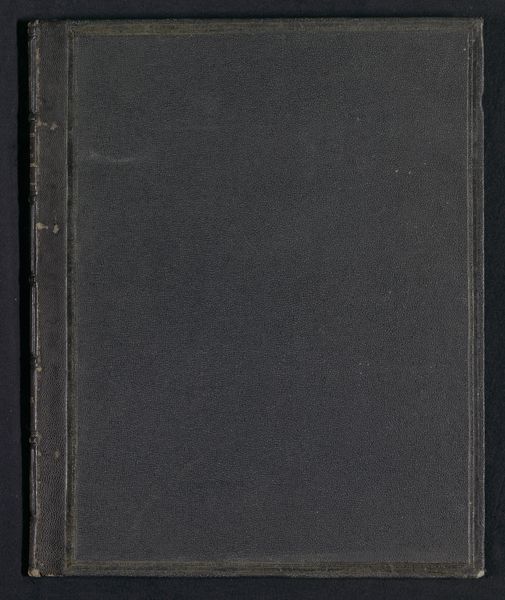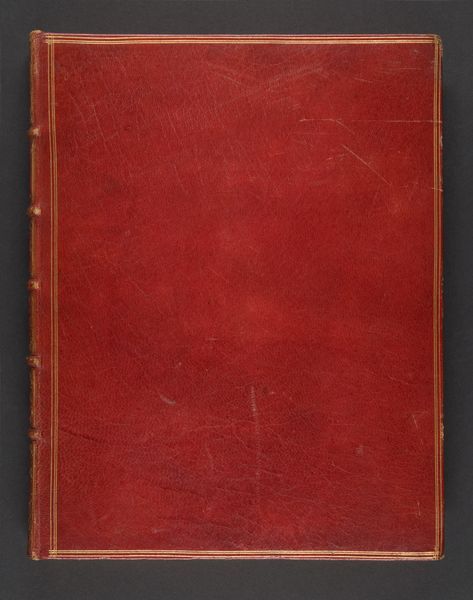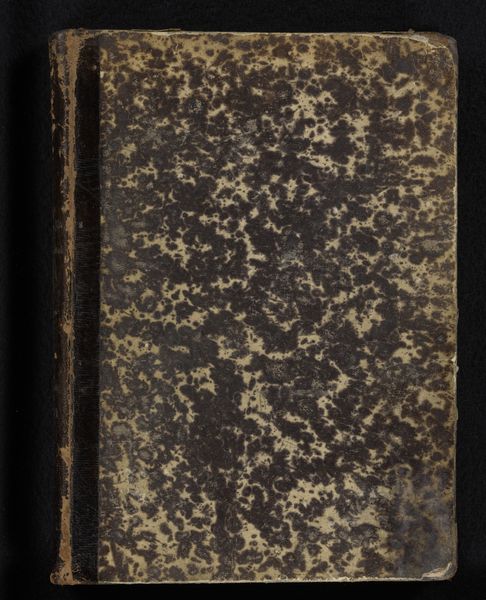
Omslag met 359 foto's van beeldhouwwerken uit het Germanisches Nationalmuseum, Neurenberg c. 1913 - 1930
0:00
0:00
collage, print, photography
#
portrait
#
collage
# print
#
photography
#
coloured pencil
Dimensions: height 398 mm, width 281 mm, thickness 39 mm, width 705 mm
Copyright: Rijks Museum: Open Domain
Curator: This intriguing piece is titled "Omslag met 359 foto's van beeldhouwwerken uit het Germanisches Nationalmuseum, Neurenberg" which roughly translates to “Cover with 359 photographs of sculptures from the Germanic National Museum, Nuremberg.” It's a photo collage, printed and photographed sometime between 1913 and 1930 by the Photogr. Abteilung Kunsthist. Seminar Marburg. What strikes you about it? Editor: Well, before even diving into the sculptures it supposedly depicts, there's something so powerfully...austere about the cover itself. The faded textures, the practical binding. It whispers of preservation, of the weight of history both literally and metaphorically bound within. Curator: Absolutely. The cover almost acts as a visual prelude, doesn't it? Knowing this was created in the early 20th century, one wonders about the motivations behind documenting these sculptures so extensively. What social or political context might have driven such a project? Editor: Given the rise of nationalism in Germany during that period, and the Germanisches Nationalmuseum’s focus, it's not a stretch to see this as a visual catalog intended to solidify a certain, perhaps idealized, version of German cultural identity through its artistic heritage. These images could have easily served a didactic or even propagandistic function. Curator: A darker subtext, maybe? It gives me a bittersweet feeling – the urge to safeguard beauty coinciding with an emerging political climate of appropriation and manipulation. The almost brutal objectivity of the photographic record versus the sculptures which are expressions of humanity. Editor: Precisely. And considering the sheer volume of images packed within – 359 distinct sculptures – it really begs the question, “Whose version of history are we seeing?” What’s included, what's omitted, and how are these pieces contextualized – or decontextualized? Curator: Food for thought. This seemingly simple cover actually opens up a much bigger and complicated can of worms – worms that connect artistic expression, national identity, and historical narrative. The object's almost ghostly aura asks how art is shaped and interpreted through a political lens. Editor: Exactly. This work functions as a reminder to continually question the stories art tells us. Curator: To unbind the narratives, so to speak, and critically engage with how art becomes a carrier of culture and ideology. Editor: It is so interesting to reflect upon a bound artifact.
Comments
No comments
Be the first to comment and join the conversation on the ultimate creative platform.
